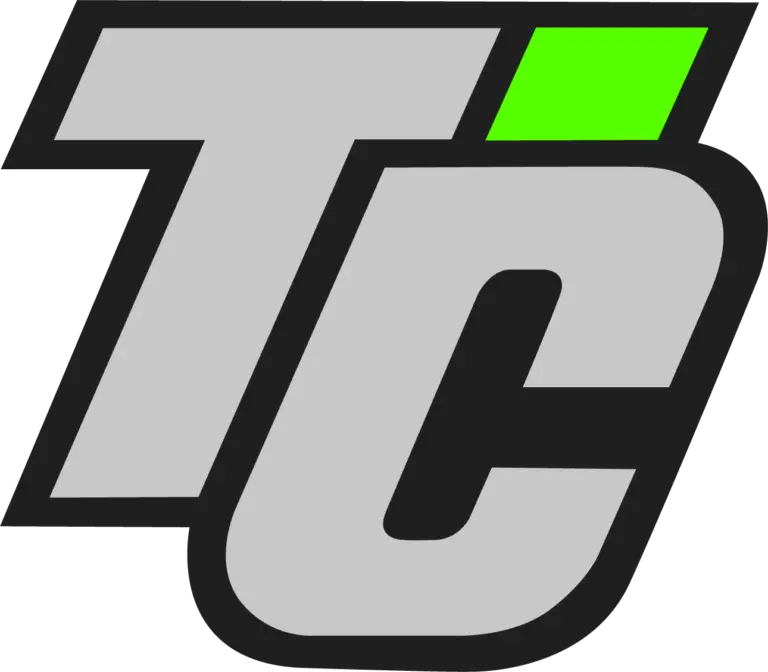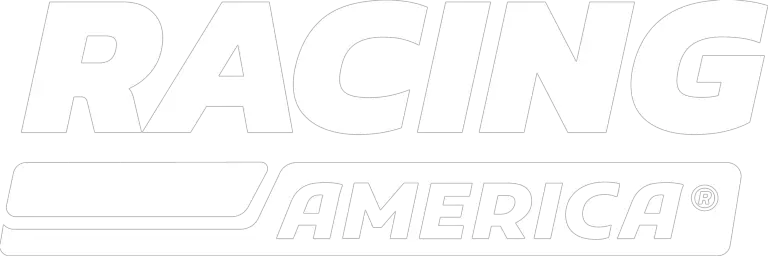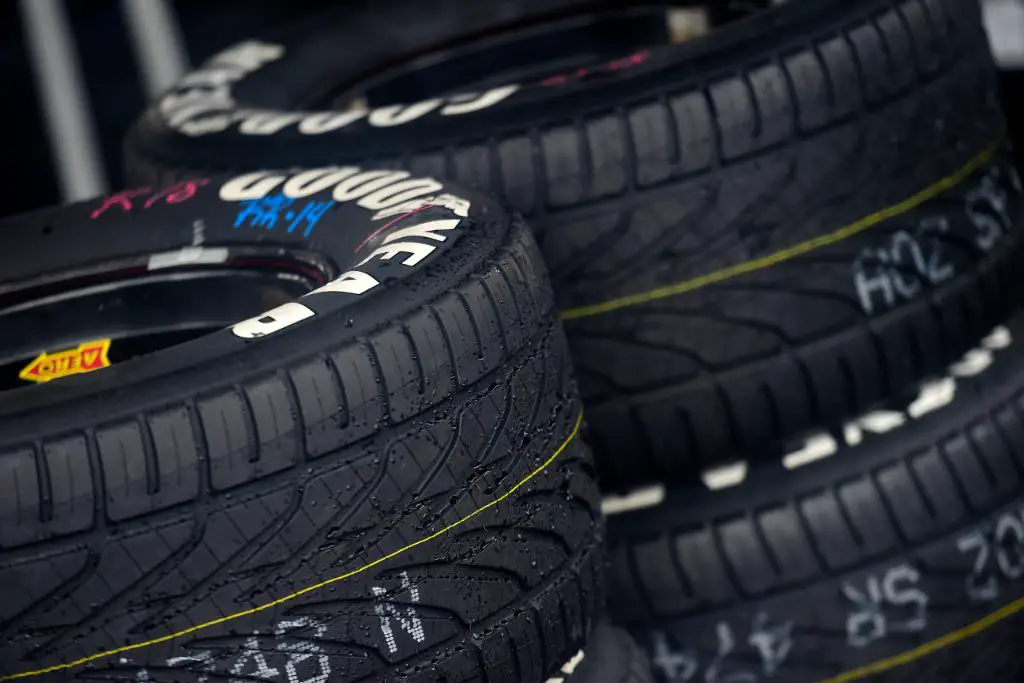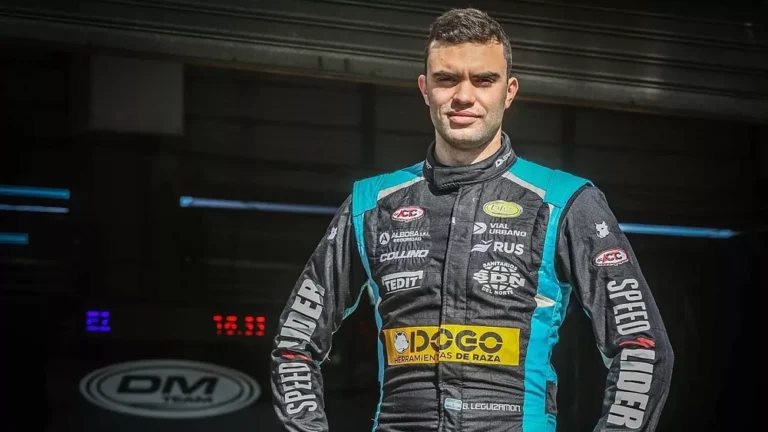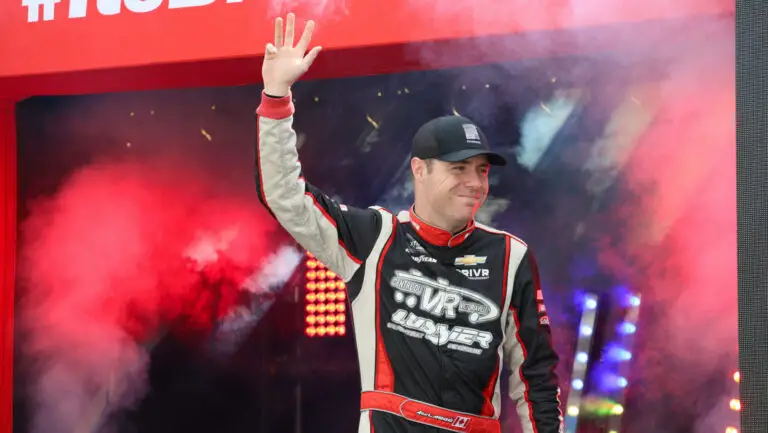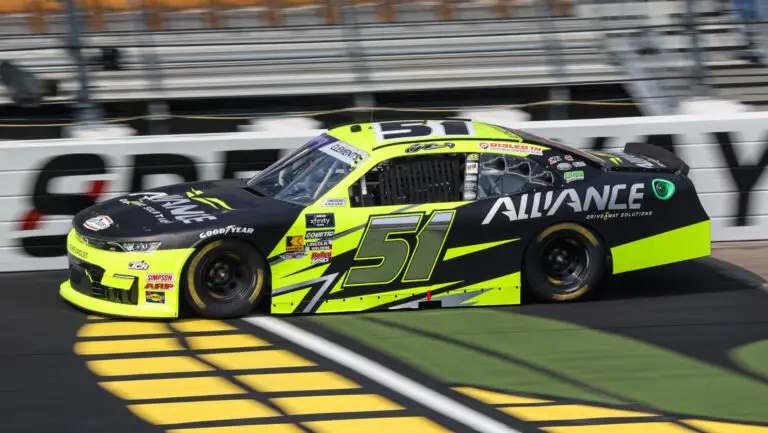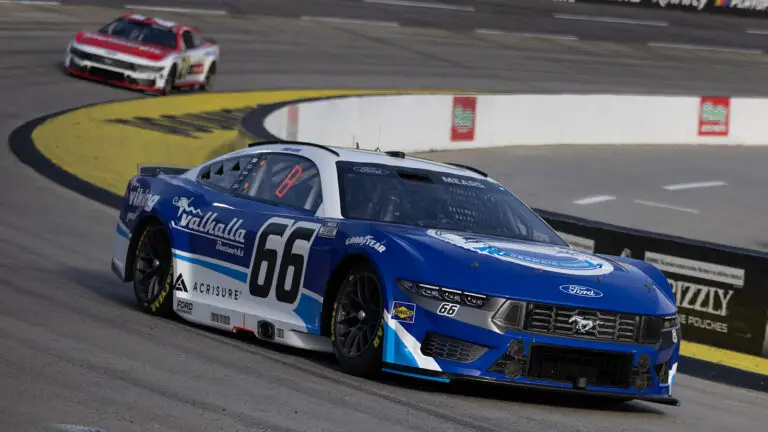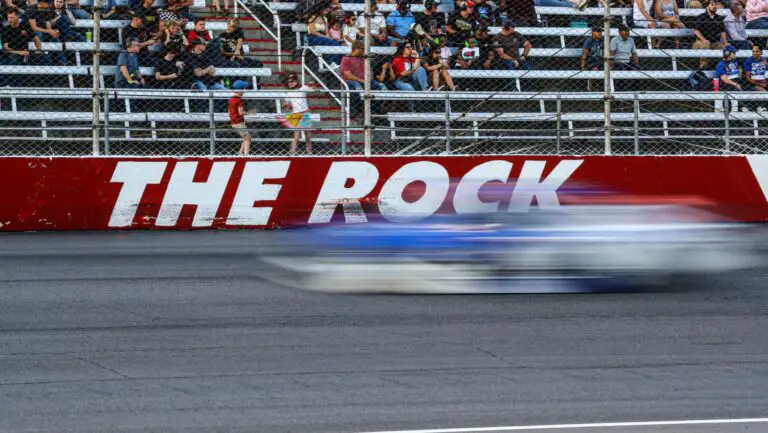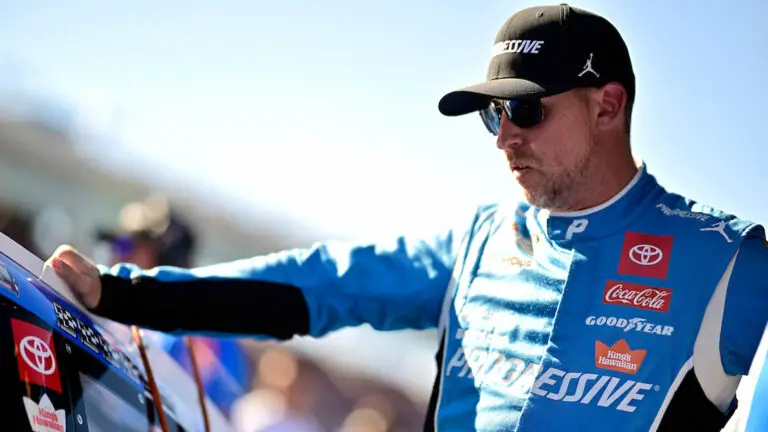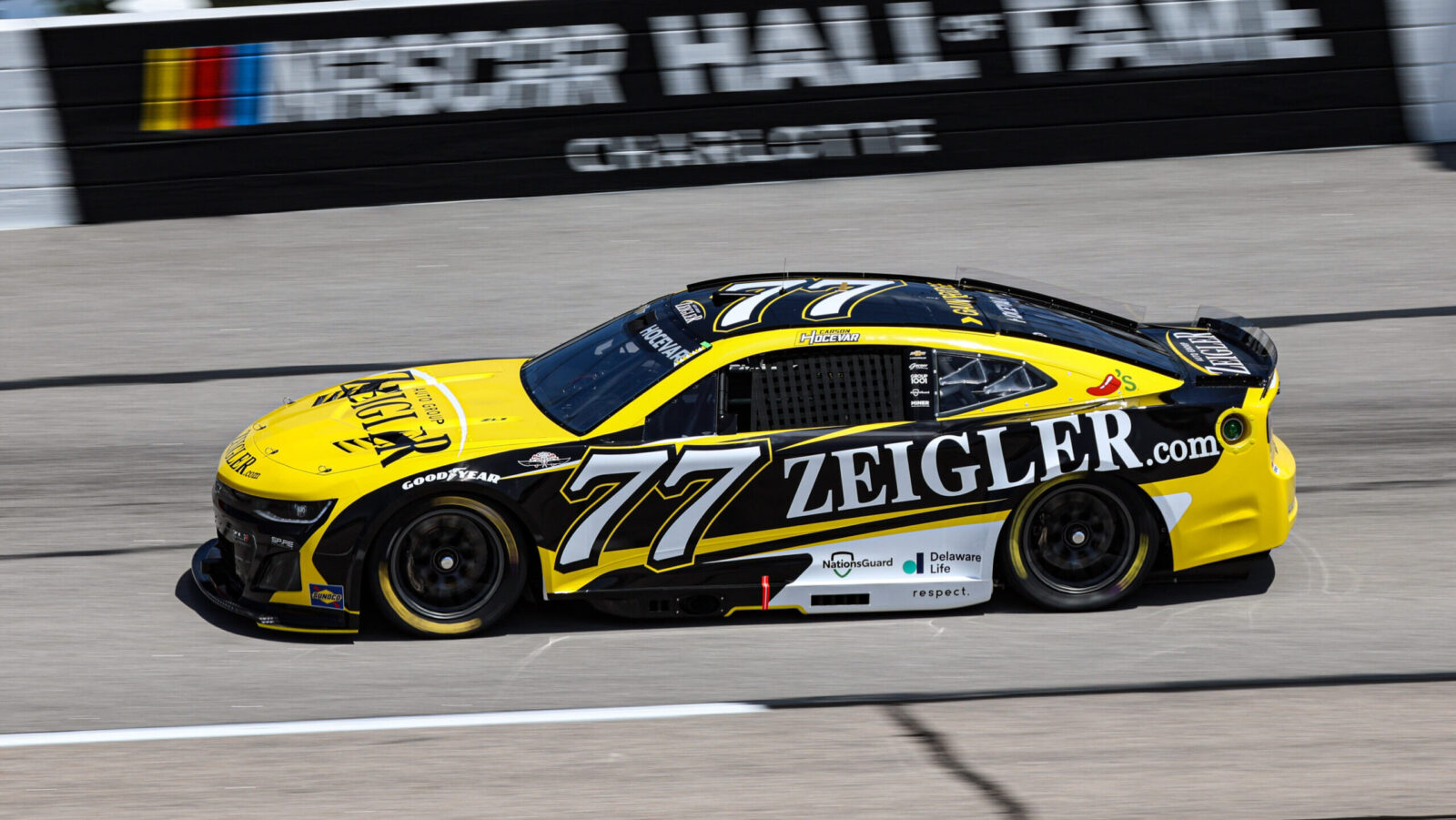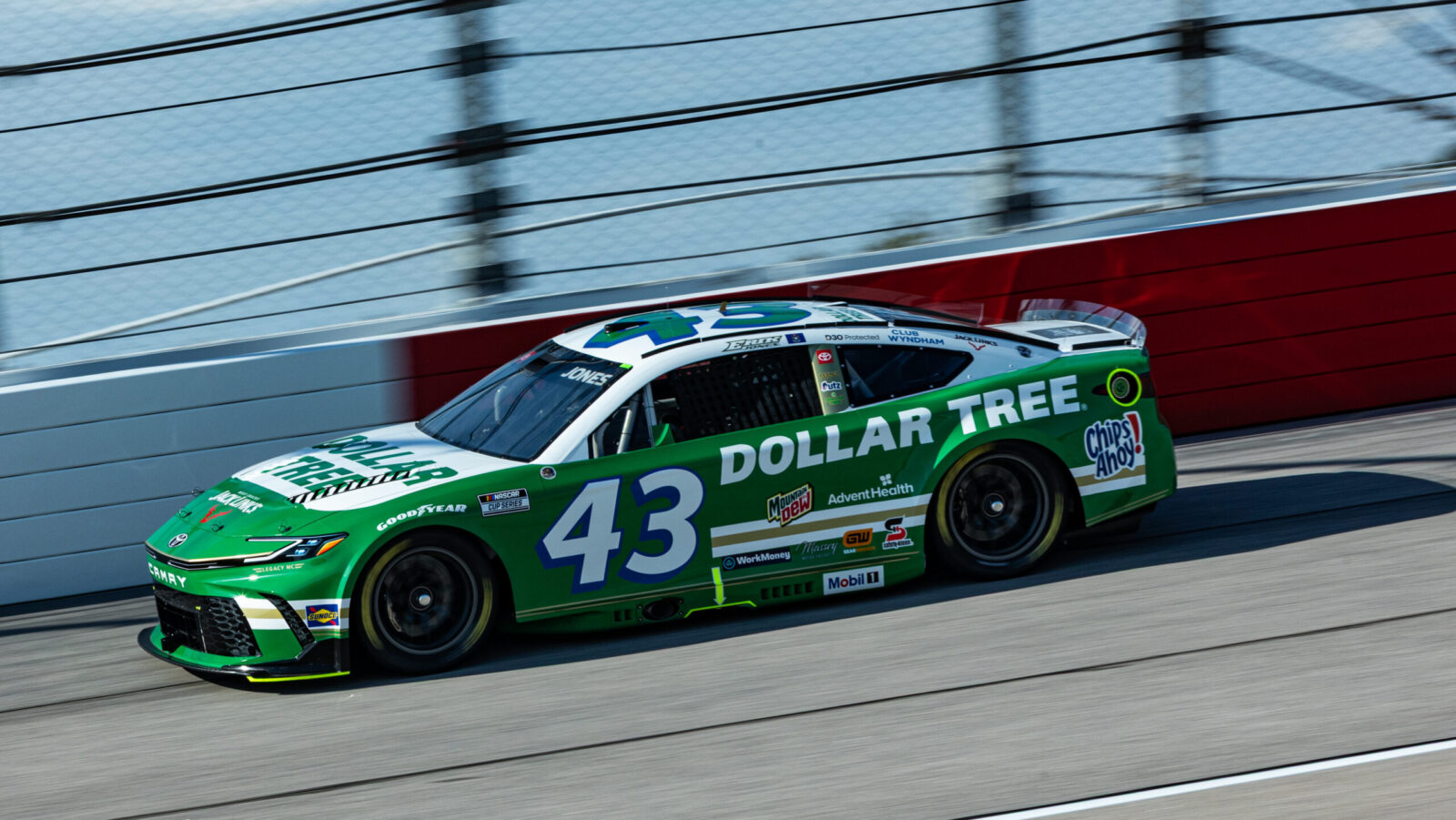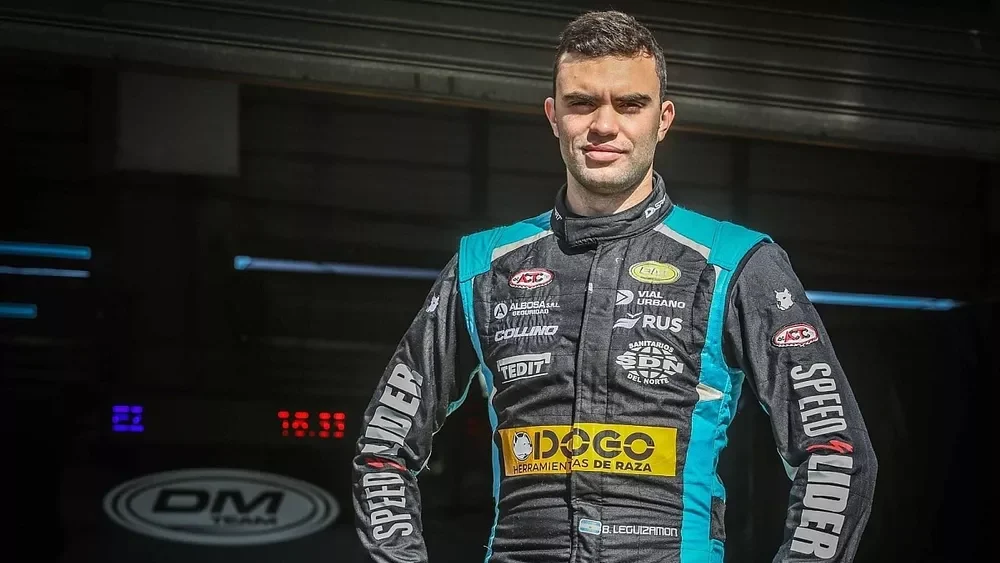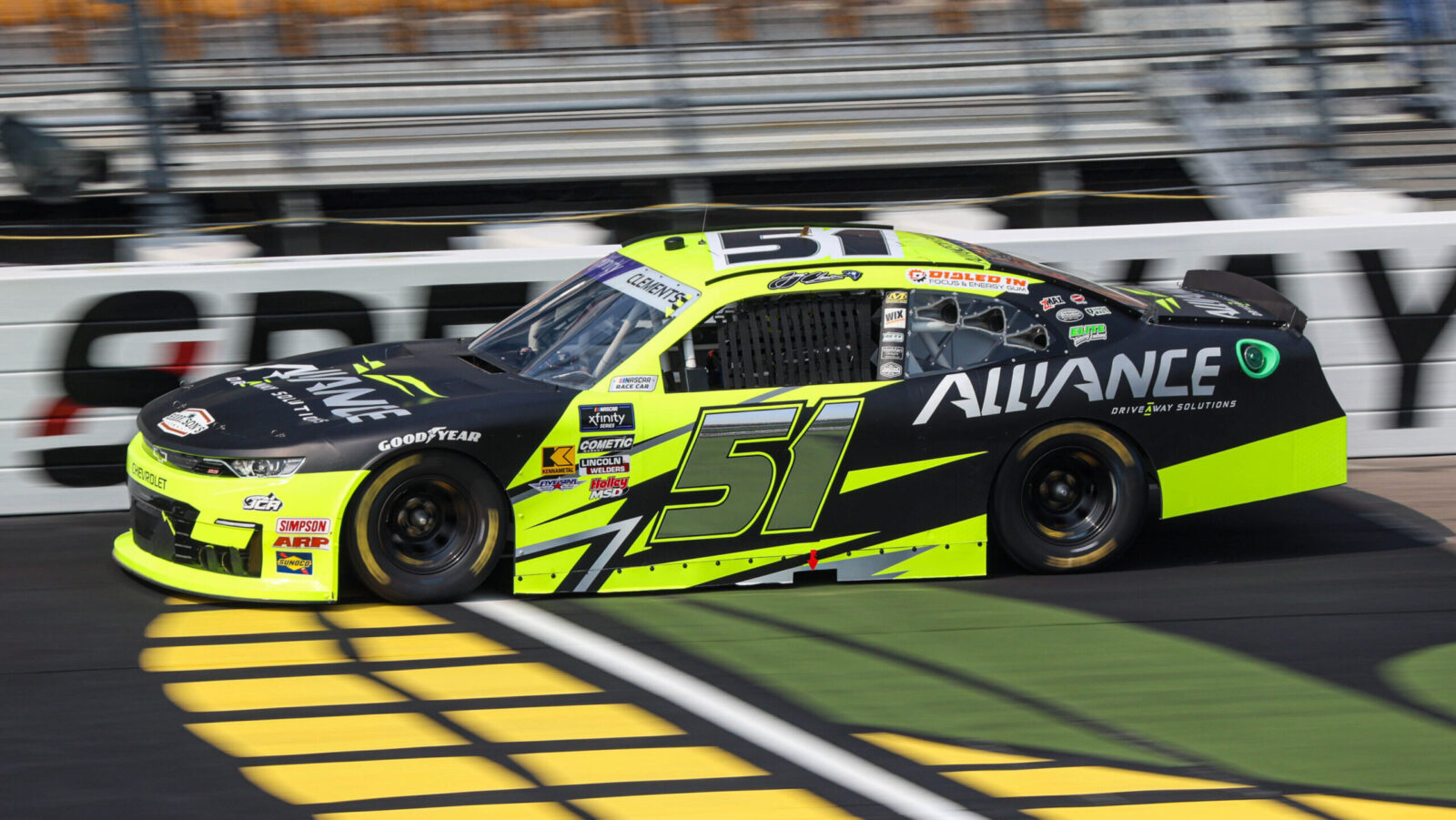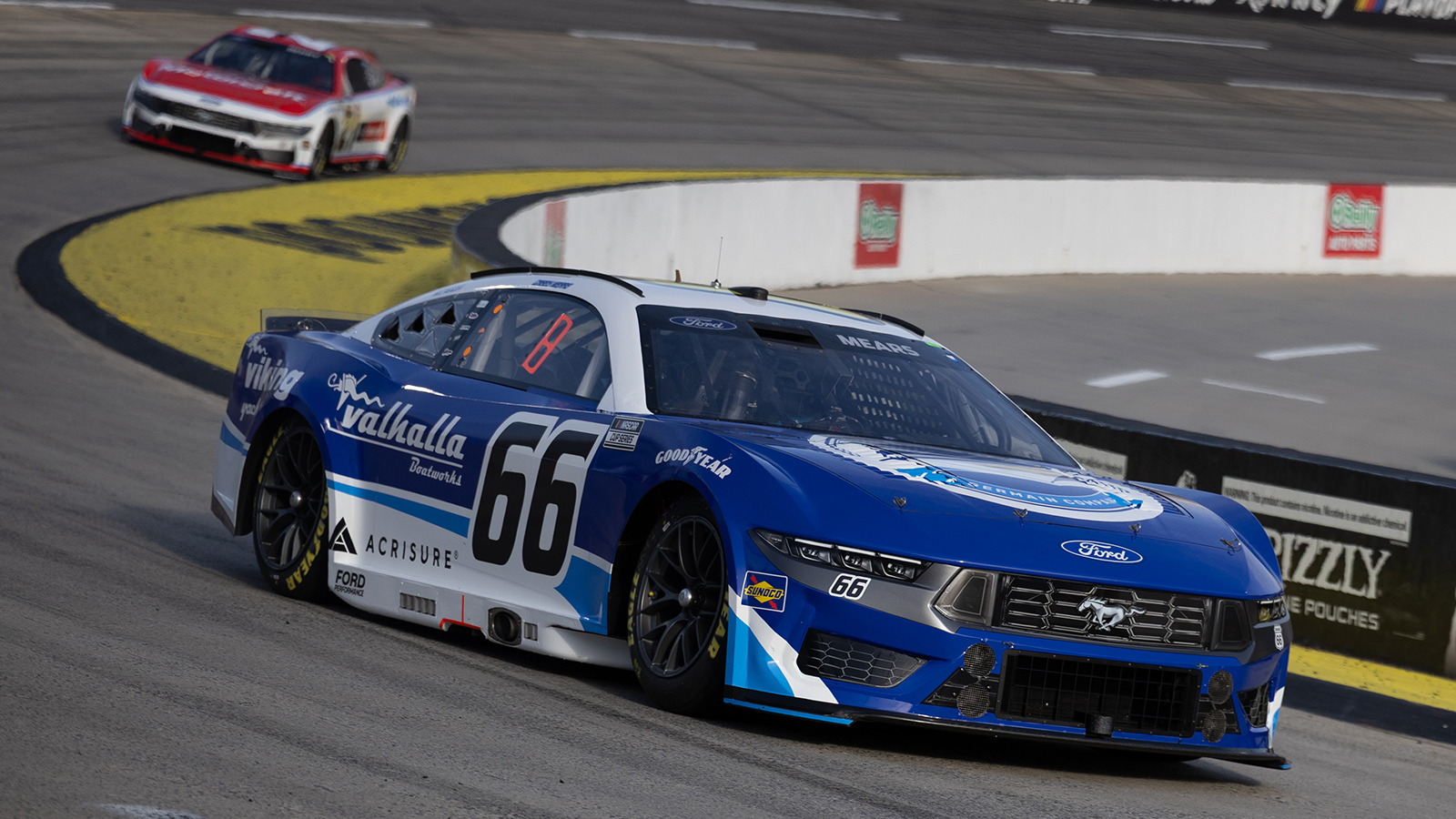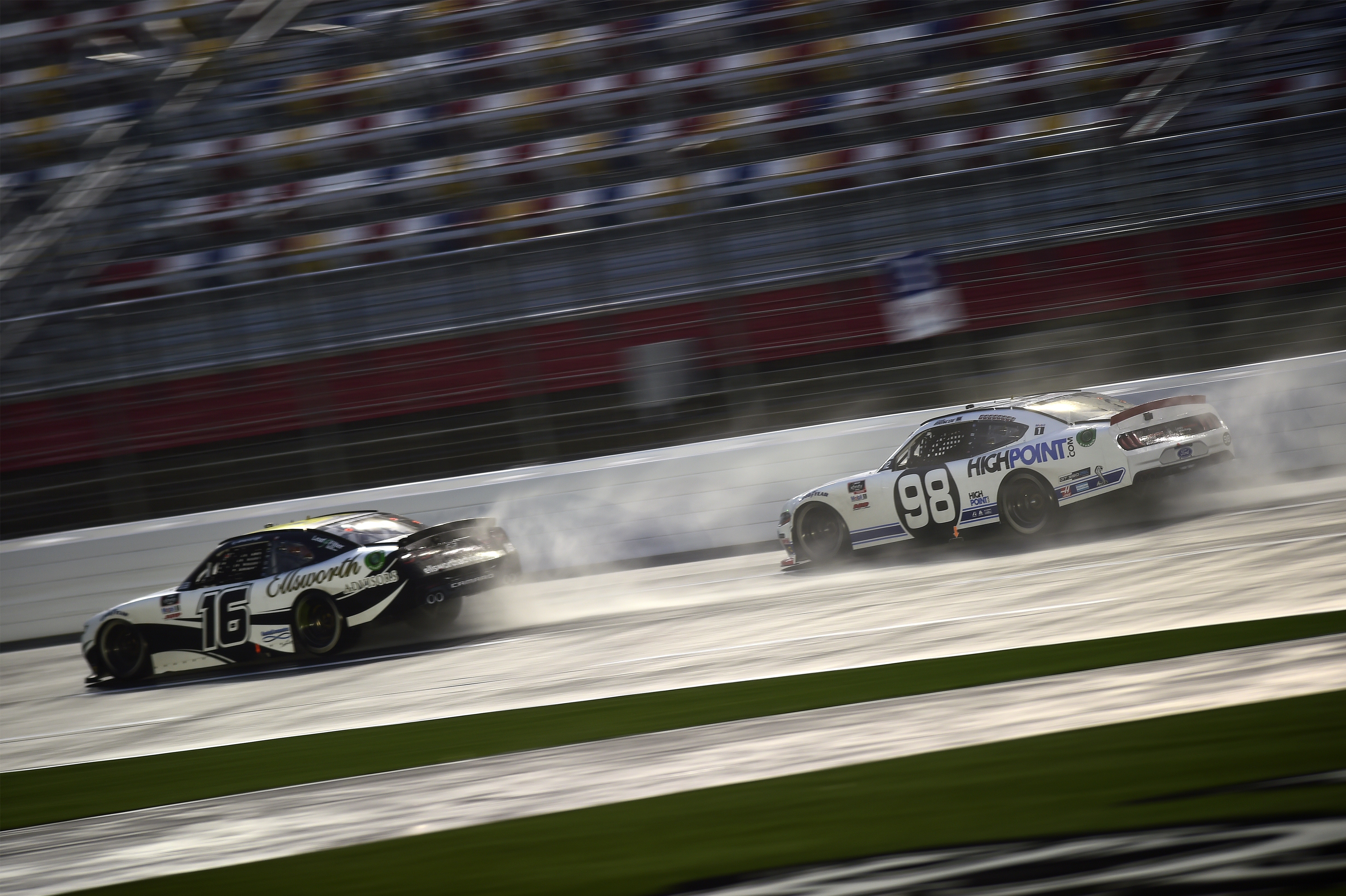
Rain can be NASCAR’s kryptonite on many tracks across the touring schedule. With only road courses getting rain tire specifications, if rain is in the area at any short track, intermediate, or superspeedway, the race day is likely in jeopardy.
A step towards racing in the rain on a broader layout is on the way as NASCAR announced on Wednesday that the sanctioning body will test the use of rain tires on short tracks at Martinsville on Thursday. The test adds to an already busy week at the iconic short track, as Chevrolet, Ford, and Toyota are hard at work testing their own manufacturer-spec models of NASCAR’s Next-Gen car set to debut in 2022.
NASCAR executive vice president and chief racing development officer Steve O’Donnell acknowledged that rain being an issue is nothing new to the sport, but it’s looking at ways to make rain more tolerable.
“I think the overall goal is anything we can do to speed up the drying process, regardless of the technology, to allow us to get back to racing more quickly is a benefit to the fans,” O’Donnell said in a media release. “We’re always trying to innovate, and you saw that with what we’ve done around the track-drying system and that’s worked out well. We’ve always looked at what’s the next iteration. If you’ve looked at what the teams have been able to do with more road racing coming into the fold, the idea of short tracks, and could we work with Goodyear to find a tire that would allow us to get back to racing sooner under wet-weather conditions.”
Hendrick Motorsports driver Kyle Larson and Roush Fenway Racing’s Chris Buescher will be on hand for the test. O’Donnell expressed that should the results meet or succeed expectations, the tires could become an option at tracks up to 1 mile in length, including New Hampshire and the season finale in Phoenix. Noted in the media release is that the short track rain tire does differ from the road course compound, but specific details were not available.
Rain tires are nothing new to NASCAR’s top three touring series, but their use has been incredibly sparse. After debuting in 2008 at an Xfinity Series race in Montreal, the compound didn’t meet the Cup Series level until 2020 at the Charlotte Roval Weekend in October. Both Cup and Xfinity utilized the tire, with the latter seeing heavier downpours and formations of puddles.
O’Donnell and NASCAR CEO Jim France discussed the idea of short track usage following that weekend with O’Donnell recalling – “just thinking about the what-ifs and how do we get back to racing, and Martinsville became that focus for us. We had a conversation with Goodyear and they’re on board as well, so I think that’s why the timing just lined up for us of let’s try to innovate, let’s try this and see what we can learn.”
NASCAR will shakedown the cars on the dry surface first before moving over to an orchestrated dampening of the track surface with water. However, weather for Martinsville is expected to see significant rain on Wednesday before better weather on Thursday. NASCAR opted to keep Thursday to have complete control over the test.
“I think at this point, we’re not talking about if it’s actually raining,” O’Donnell said. “It’s more so, can we get back more quickly than the track being completely dry, which is what we require now. That’s part of the test, looking at where’s the limit, where we would feel comfortable for the drivers. We want this to be safe, so that will be part of this test — talking to the drivers, what are they comfortable with — then obviously talking to Goodyear and (director of racing) Greg Stucker and his team about how they feel and how the tire performs, what if any tweaks we could make to that tire coming out of Martinsville, so there’s a lot that we’re hoping to learn here in terms of grip levels. Each track is unique, so this is something we’ll have to look at for multiple venues.”
O’Donnell admitted that it is too early to tell if the short track rain tire would make its debut in 2021 or not, and where specifically the first implementation could come.
